Harishyam Arts Blog
The Different Forms of Shiva Statues and their Symbolism
By Lakshay Sharma | On 18 October, 2025 | Views
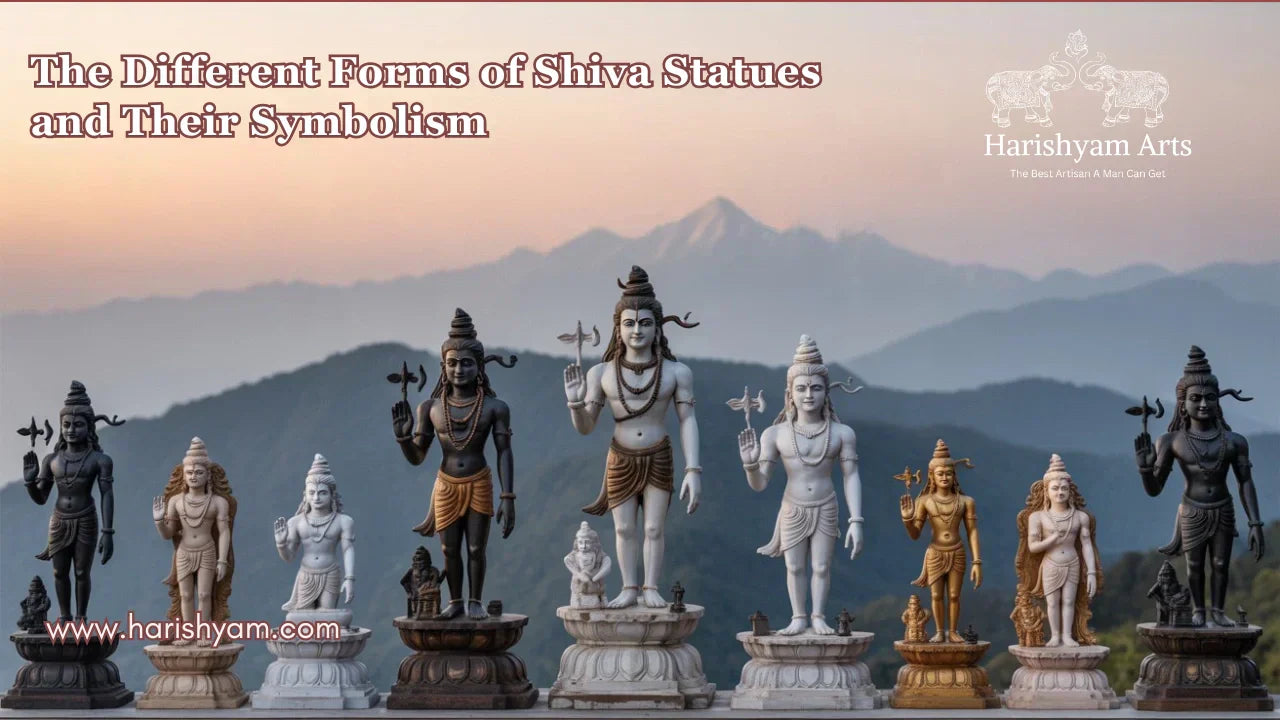
Introduction to the God Shiva Statue
Lord Shiva — known as Mahadeva, the Great God — is one of the most revered deities in Hinduism. He represents the cycle of creation, preservation, and dissolution. Every form of Shiva carries deep symbolism, from calm meditation poses to powerful dancing figures.
At Harishyam Arts, our handcrafted Shiva statues are designed not only for aesthetic beauty but also to radiate divine energy and peace into your surroundings — whether at home, in offices, or temples.
The Different Forms of Shiva Statues
Lord Shiva is depicted in various forms, each carrying unique symbolism and spiritual meaning.
1. Nataraja (The Cosmic Dancer)
Shiva as Nataraja performs the dance of creation and destruction, symbolizing the eternal rhythm of the universe. The circle of fire around him represents the cosmic cycle, while his calm face reminds us of inner peace amid chaos.
2. Meditating Shiva (The Yogi)
This peaceful form of Shiva in deep meditation represents stillness, balance, and self-realization. Perfect for meditation rooms and serene spaces.
3. Ardhanarishvara (Half Shiva, Half Parvati)
This androgynous form symbolizes the union of Shiva and Shakti — the balance of male and female energies. It stands for equality, harmony, and wholeness in life.
4. Dakshinamurti (The Divine Teacher)
In this form, Shiva is the universal guru, imparting wisdom through silence. Ideal for placement in study areas or spiritual learning spaces.
5. Bhairava (The Fierce Protector)
Bhairava’s form represents protection, transformation, and strength. It’s often worshipped to ward off negativity and evil forces.
6. Shiva Linga (Abstract Form of Shiva)
As mentioned, this form transcends shape and form — it is the formless divine energy of creation itself.
Symbolism of Shiva’s Attributes
Each element associated with Lord Shiva carries deep meaning:
-
Trishul (Trident): Symbol of the three functions — creation, preservation, and destruction.
-
Third Eye: Represents spiritual wisdom and insight beyond the physical world.
-
Snake around neck: Symbolizes control over ego, fear, and time.
-
Crescent Moon: Signifies balance and time cycles.
-
River Ganga: Symbol of purity and life.
-
Damru (Drum): Represents sound and cosmic vibration of creation.
How to Choose the Right Shiva Statue
Choosing the perfect Shiva statue for your home or pooja space involves understanding your intention, selecting the right material, and ensuring proper placement according to spiritual and Vastu principles.
1. Purpose:
Your choice of Shiva statue should align with the energy and blessings you wish to invoke:
-
Nataraja (Lord of Dance): Symbolizes cosmic energy, movement, and transformation. Ideal for spaces where inspiration, creativity, and vitality are desired.
-
Meditating Shiva: Represents peace, calm, and introspection. Perfect for meditation rooms or personal shrines where serenity is the focus.
-
Shiva Lingam: Traditionally used for worship and rituals, the Lingam symbolizes divine energy and spiritual growth, making it a sacred addition to any pooja area.
2. Material:
The material of your Shiva statue not only affects aesthetics but also spiritual energy and longevity:
-
Marble Shiva Statue – Elegant, timeless, and pure, marble statues are ideal for traditional pooja rooms and main altars.
-
Wooden Shiv Ji Moorti – Lightweight, eco-friendly, and warm, wooden idols suit modern homes, apartments, and smaller shrines.
-
Brass Shiva Idol – Durable with an antique charm, brass statues are perfect for long-lasting devotion and can be placed at entrances, living areas, or offices.
3. Placement:
Correct placement enhances the spiritual energy of the Shiva idol. According to Vastu guidelines, it is recommended to place the statue in the north or northeast direction of your home or pooja room. Proper placement of Shiva Statue ensures positive energy, harmony, and balance in your living space.
By carefully considering purpose, material, and placement, you can select a Shiva statue that not only enhances your spiritual practice but also complements your home décor, creating a serene and sacred environment.
Explore our exclusive collection of handmade Shiva statues at Harishyam Arts and find the perfect one for your home or temple.
Conclusion
Every form of Lord Shiva tells a story — of creation, balance, and transformation. Whether you prefer the serene meditation pose or the powerful Nataraja, each statue brings divine symbolism and peace to your space.At Harishyam Arts, we craft every Shiva statue with devotion, blending traditional artistry with spiritual meaning. Explore our collection today and bring home the divine essence of Lord Shiva.
FAQs
Q1: Which form of Lord Shiva is best for home?
Ans: Meditating Shiva or the Shiva Lingam is ideal for homes as they bring peace and positivity.
Q2: Can we keep Nataraja idol at home?
Ans: Yes, but it should be placed in a clean, sacred spot facing east or north.
Q3: What material is best for a Shiva statue?
Ans: Brass, marble, and wood are popular choices — each adds elegance and divine charm.
Q4: Does Harishyam Arts offer worldwide delivery?
Ans: Yes, Harishyam Arts delivers handcrafted Shiva statues to countries like the USA, UK, and Canada.
Introduction to the God Shiva Statue
Lord Shiva — known as Mahadeva, the Great God — is one of the most revered deities in Hinduism. He represents the cycle of creation, preservation, and dissolution. Every form of Shiva carries deep symbolism, from calm meditation poses to powerful dancing...

Lakshay Sharma
I’m Lakshay Sharma, a writer with a deep passion for Hindu mythology, Vastu Shastra, and home interiors. I enjoy exploring the rich traditions of Hindu gods and goddesses, sharing insights into Vastu principles, and offering guidance on creating sacred spaces like Puja Mandirs. Through my writing, I aim to inspire harmony and spiritual well-being, blending traditional knowledge with modern perspectives.
Harishyam Arts | Jaipur
Related Blogs
Who is Ghantaghar Mahavir Swami? The Spiritual Legacy Behind the Iconic Name
Lakshay Sharma | November 29, 2025
The term “Ghantaghar Mahavir Swami” refers to the di...
Read More...
Guidelines for gifting god idols to others
Lakshay Sharma | November 28, 2025
Gifting a God idol is considered a highly auspicious act in Indian tradition. ...
Read More...
What happens if God idol breaks by mistake
Lakshay Sharma | November 27, 2025
God idols represent purity, devotion, and divine energy in every Hindu home. W...
Read More...
Mixing Materials: Marble Mandirs with Wooden, Brass, or Metal Accents
Lakshay Sharma | November 26, 2025
Combining marble with wooden, brass, or metal accents transforms a simple mand...
Read More...
Step-by-Step Guide to Professional Marble Statue Repainting
Lakshay Sharma | November 24, 2025
Marble statues are timeless masterpieces that reflect devotion, beauty, and cr...
Read More...
Is It Okay to Hang a Mandir on a Wall? A Complete Guide to Wall-Mounted Temples
Lakshay Sharma | November 23, 2025
In today’s fast-paced world, where urban homes are becoming more compact and s...
Read More...
Who is Parashvanath? The Life and Legacy of Jainism’s 23rd Tirthankara
Lakshay Sharma | November 22, 2025
Faith and spirituality are cornerstones of Indian tradition, and Jainism stand...
Read More...
How to Choose Between Carved and Minimalistic Wooden Mandirs
Lakshay Sharma | November 21, 2025
A home mandir (temple) is far more than just a piece of furniture; it is the s...
Read More...
How to clean silver god idols at home
Lakshay Sharma | November 21, 2025
At Harishyam Arts, we understand the spiritual and aesthetic significance of s...
Read More...
Are Marble Dust Statues Ideal for Your Home Temple? Pros & Cons
Lakshay Sharma | November 19, 2025
When it comes to selecting statues for your home temple, marble dust statues h...
Read More...
Where to Buy Authentic Marble Gods' Moortis in the USA: A Guide for Devotees and Collectors
Lakshay Sharma | November 19, 2025
For devotees and collectors in the USA seeking authentic marble Hindu god moor...
Read More...
Maa Parvati 108 Names in Sanskrit and English: Their Significance, Meaning, and Mantra Power
Lakshay Sharma | November 17, 2025
The Divine Essence of Maa Parvati
Maa Parvati,...
Read More...
8 Guidelines for Setting Up Your Home Mandir with Wooden Murtis: Location, Selection, and Maintenance.
Lakshay Sharma | November 16, 2025
Introduction: The Divine Mother of Strength and Compassion

Who Was Jain Mahavir? The Life, Teachings, and Legacy of the 24th Tirthankara
Lakshay Sharma | November 15, 2025
Lord Mahavir, the 24th Tirthankara of Jainism, was a spiritual reformer who re...
Read More...
Benefits of Choosing Corian Mandirs Over Marble and Wood
Lakshay Sharma | November 14, 2025
Modern homes today demand elegance, functionality, and easy upkeep — and Coria...
Read More...
White vs. Black Shivling: Which One Is Best for Your Home and Why?
Lakshay Sharma | November 13, 2025
The Shivling, a sacred symbol of Lord Shiva, embodies creation, power, and pur...
Read More...
10 Stunning Marble Handicraft Pieces to Elevate Your Home Décor
Lakshay Sharma | November 12, 2025
Marble handicrafts represent timeless artistry, luxury, and devotion. At Haris...
Read More...
Brass Ganesha Idols as Gifts: Symbolism, Occasions, and Gifting Etiquette
Lakshay Sharma | November 11, 2025
Gifting a brass Ganesha idol is more than a gesture—it's a blessing of prosper...
Read More...
Luxury Kids Room Decor Ideas That Turn Every Space Into a Fairytale Dream
Lakshay Sharma | November 10, 2025
Transforming a child’s room into a luxury fairytale dream combines comfort wit...
Read More...
Why Repainting Your Marble Statue Can Extend Its Life and Beauty
Lakshay Sharma | November 09, 2025
Marble statues are elegant pieces of art that add charm to any home or temple....
Read More...
How to Choose the Perfect Wall-Mounted Wooden Mandir for Your Home
Lakshay Sharma | November 08, 2025
A wall-mounted wooden mandir is more than just a spiritual corner; it’s a blen...
Read More...
Understanding GST on Marble God Statues: A Complete Guide for Buyers and Sellers
Lakshay Sharma | November 07, 2025
Marble god statues are a popular choice for temples, homes, and offices due to...
Read More...
Are Wooden Statues Pest-Resistant? How to Protect Your Wooden Idols from Insects and Damage
Lakshay Sharma | November 06, 2025
Wooden statues have been cherished for centuries due to their natural beauty a...
Read More...
Corian vs Wooden Temples: Which One Should You Choose?
Lakshay Sharma | November 05, 2025
Choosing the perfect temple for your home is more than just selecting a design...
Read More...
How Customised Marble Human Bust Manufacturers Bring Personalities to Life
Lakshay Sharma | November 04, 2025
Crafting a marble human bust is so much more than sculpting a likeness—it's ab...
Read More...
The Power of the Hare Krishna Maha Mantra: Awakening Spiritual Bliss
Lakshay Sharma | November 03, 2025
The Hare Krishna Maha Mantra is a sacred chant that ...
Read More...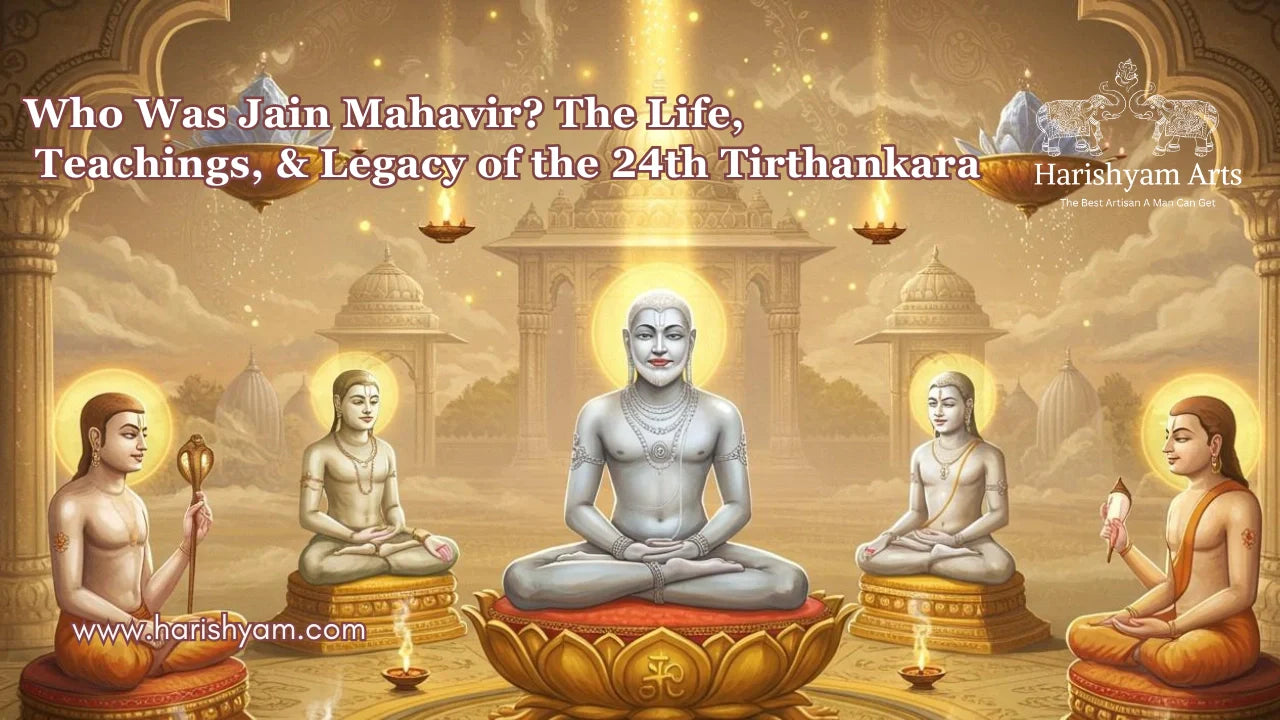
The 24 Tirthankaras of Jainism: Names, Symbols, and Significance
Lakshay Sharma | November 02, 2025
In Jainism, the Tirthankaras are revered as divine s...
Read More...
Top 25 Space-Saving Wooden Mandir Ideas for Modern Homes
Lakshay Sharma | November 01, 2025
A pooja mandir is the heart of every Indian home — a sacred corner where peace...
Read More...
What Are the 8 Forms of Lakshmi? | Ashta Lakshmi Meaning and Significance
Lakshay Sharma | October 31, 2025
The Divine Essence of Goddess Lakshmi
Goddess La...
Read More...
The Art of Craftsmanship: How Handmade Brass Statues Are Created
Lakshay Sharma | October 30, 2025
At Harishyam Arts, we celebrate the timeless beauty ...
Read More...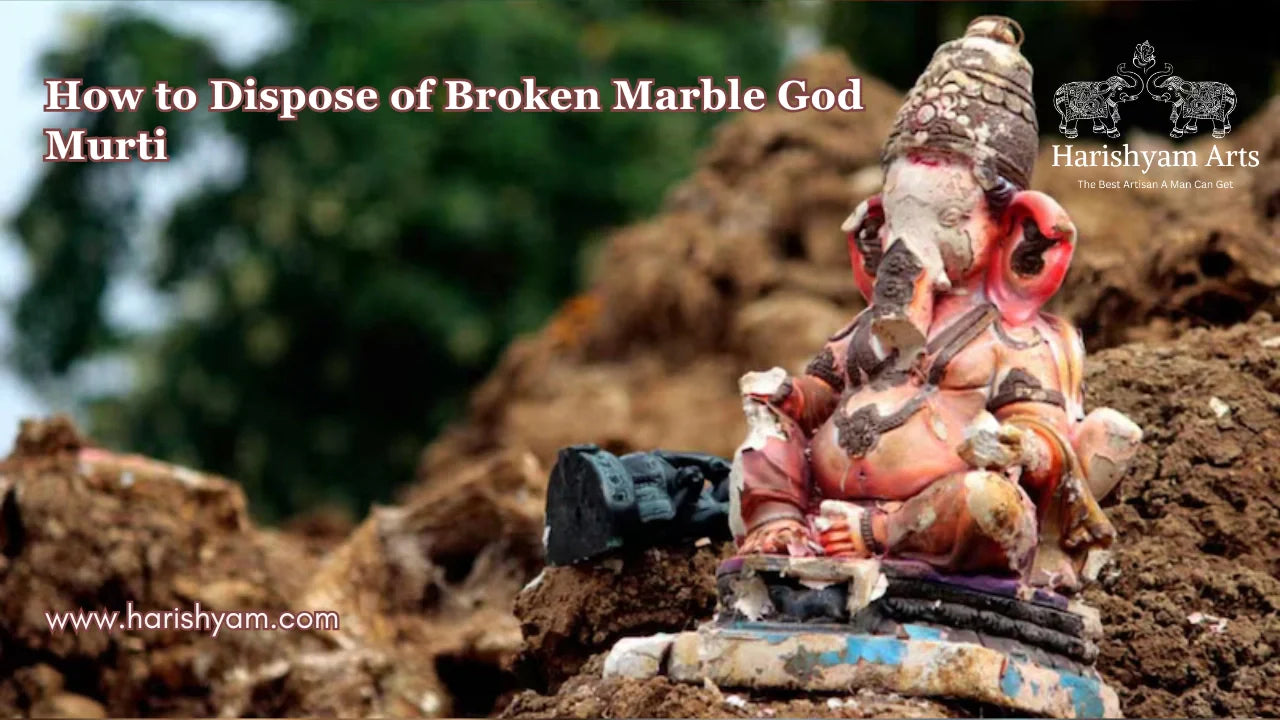
How to Dispose of Broken Marble God Murti
Lakshay Sharma | October 30, 2025
In Hindu tradition, marble murtis represent divine presence and spiritual ener...
Read More...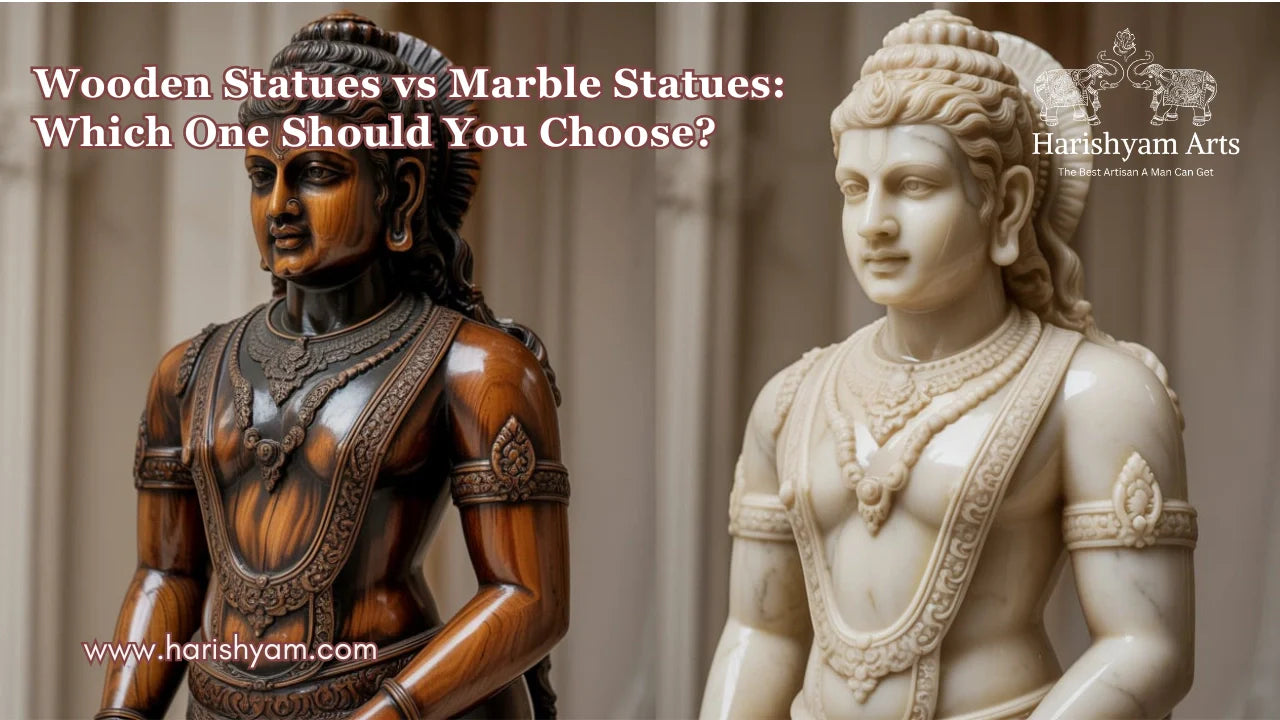
Wooden Statues vs Marble Statues: Which One Should You Choose?
Lakshay Sharma | October 29, 2025
When it comes to decorating your home or creating a sacred space, choosing the...
Read More...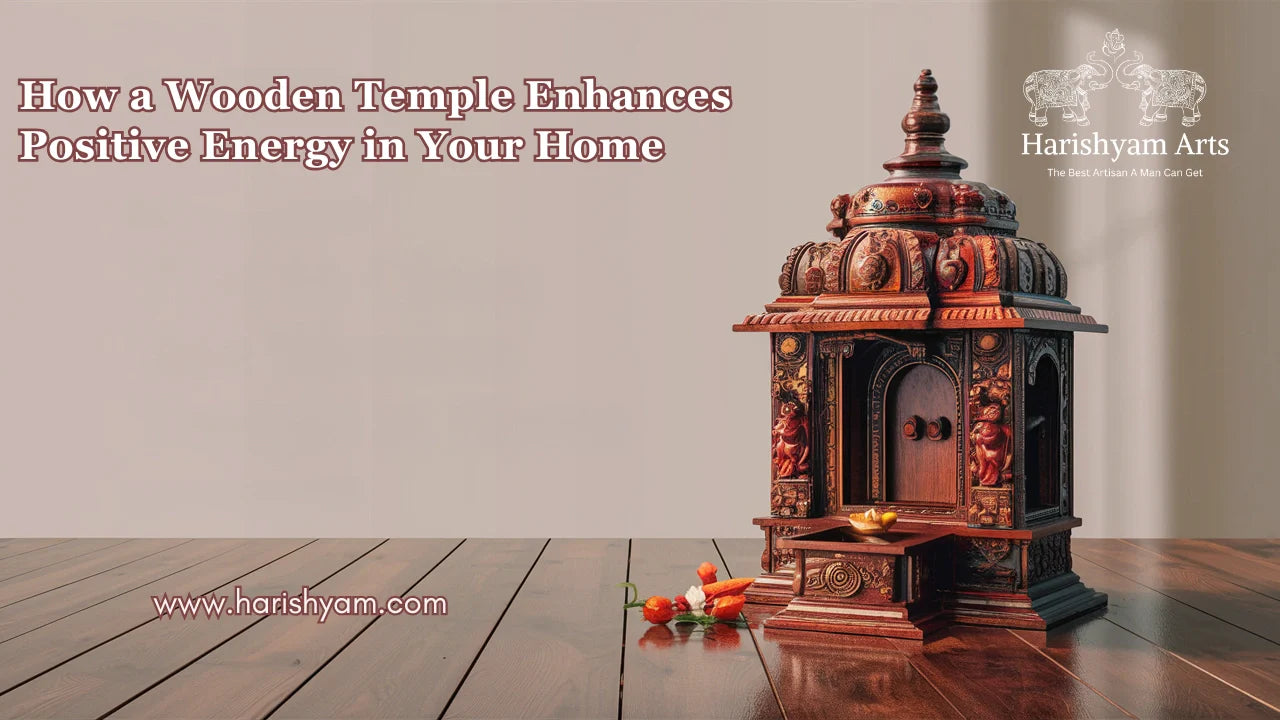
How a Wooden Temple Enhances Positive Energy in Your Home
Lakshay Sharma | October 28, 2025
A home temple isn’t just a decorative corner — it’s the spiritual...
Read More...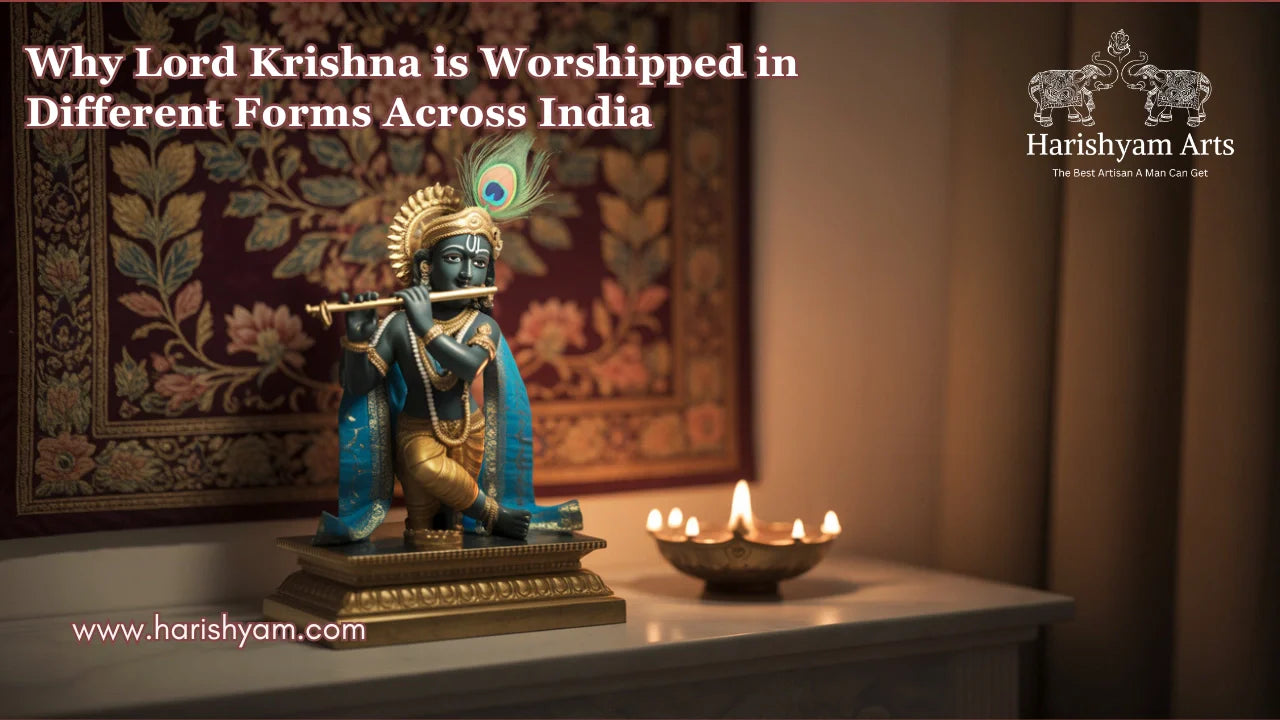
Why Lord Krishna is Worshipped in Different Forms Across India
Lakshay Sharma | October 27, 2025
Lord Krishna — the eighth incarnation of Lord Vishnu — is one of the most belo...
Read More...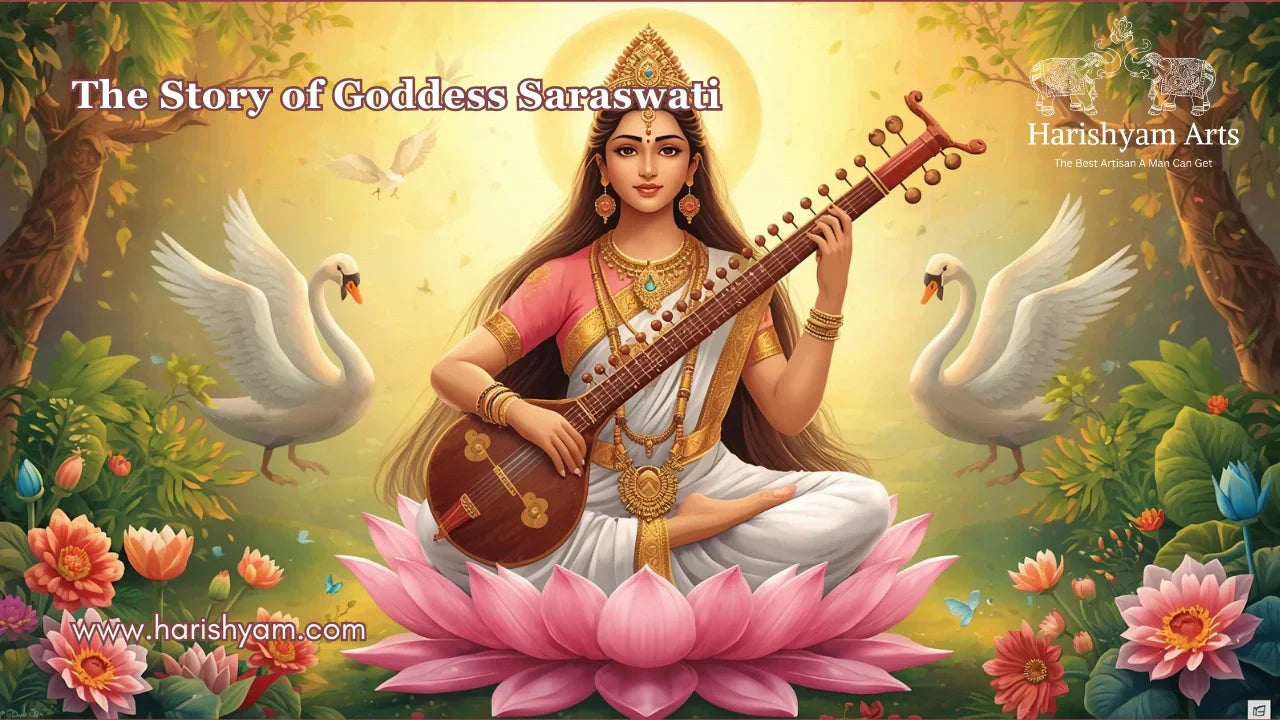
The Story of Goddess Saraswati: The Embodiment of Wisdom and Knowledge
Lakshay Sharma | October 26, 2025
Among the many deities of the Hindu pantheon, Maa Saraswati Read More...
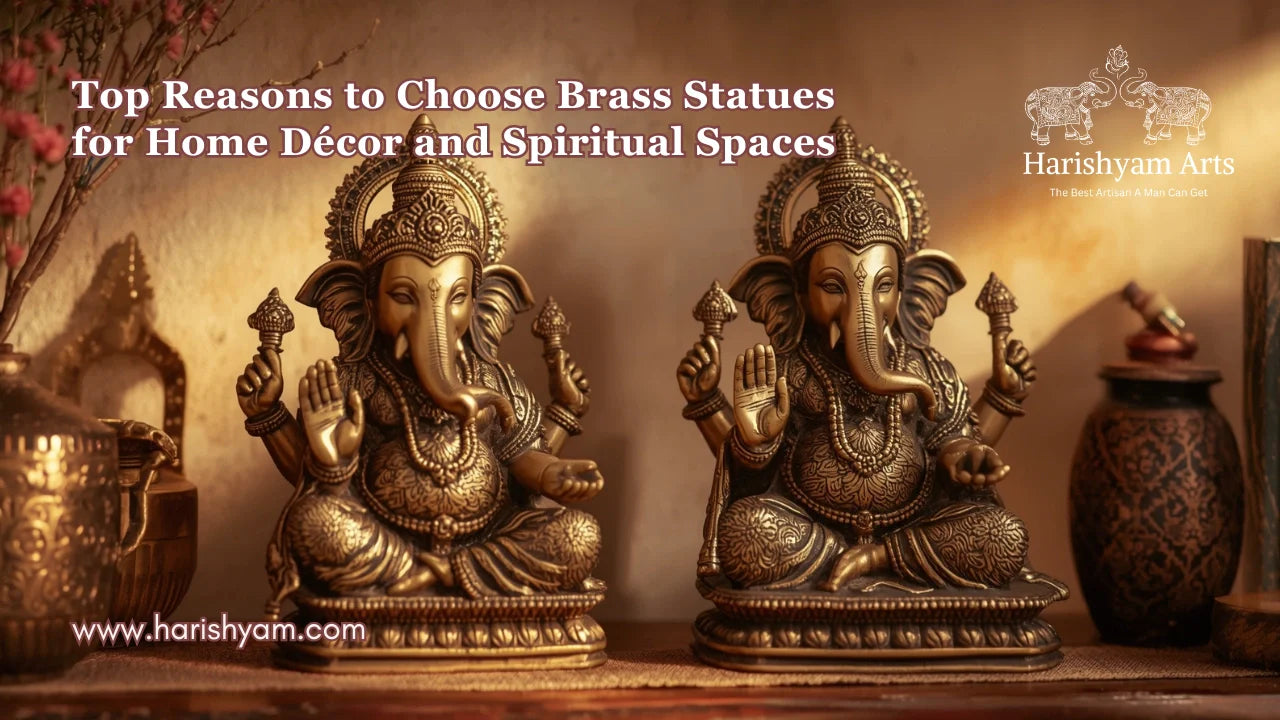
Top Reasons to Choose Brass Statues for Home Décor and Spiritual Spaces
Lakshay Sharma | October 25, 2025
Home décor today is not only about beauty—it’s about creating a peaceful and m...
Read More...
How long do Corian temples last?
Lakshay Sharma | October 24, 2025
Choosing the right material for a temple at home is important for both aesthet...
Read More...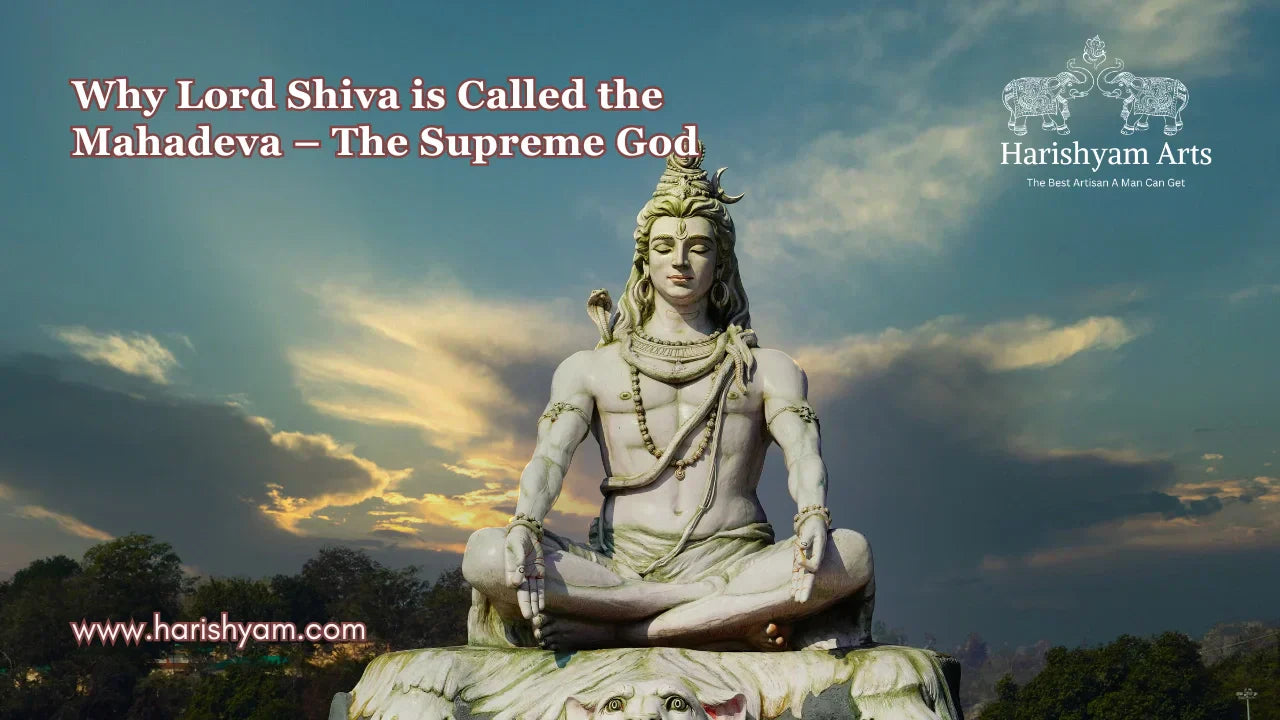
Why Lord Shiva is Called the Mahadeva – The Supreme God
Lakshay Sharma | October 23, 2025
Hinduism, one of the world’s oldest religions, has a rich pantheon of deities,...
Read More...
Why Corian Temples Are Becoming Popular in Contemporary Homes
Lakshay Sharma | October 22, 2025
In today’s modern homes, interior décor blends tradition with contemporary sty...
Read More...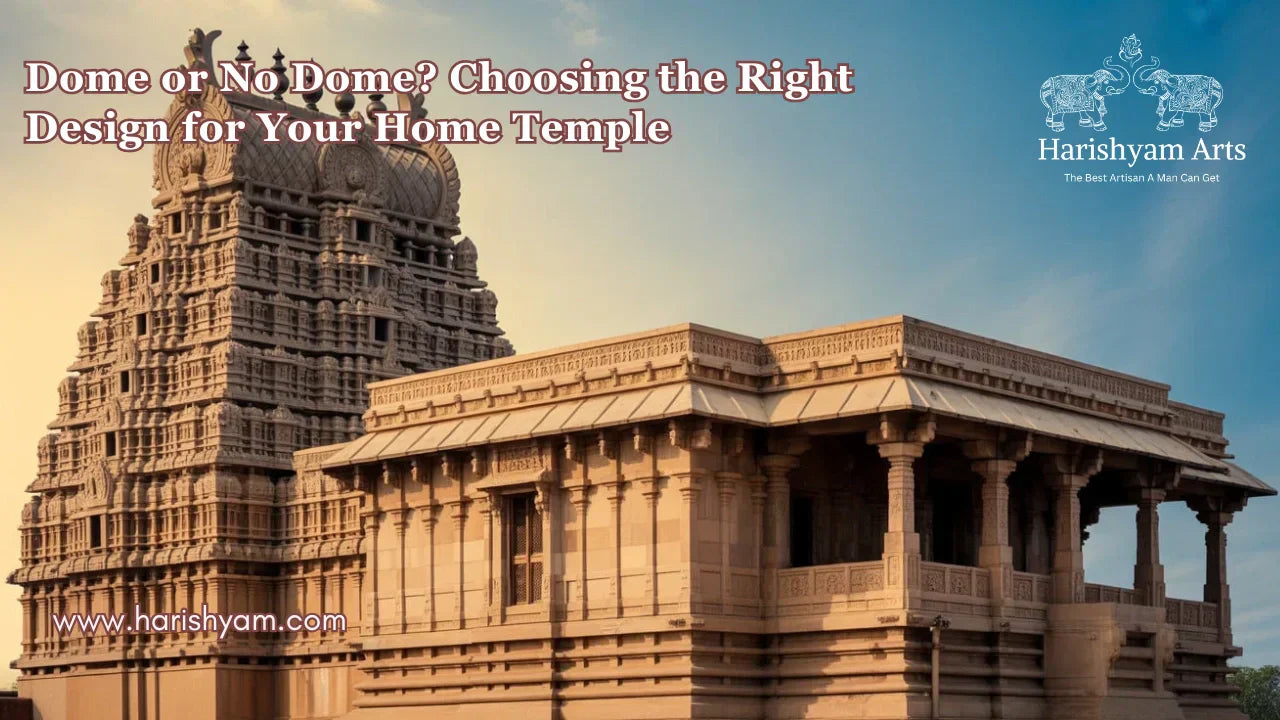
Dome or No Dome? Choosing the Right Design for Your Home Temple
Lakshay Sharma | October 21, 2025
Creating a sacred space at home is a spiritual investment, and the design of y...
Read More...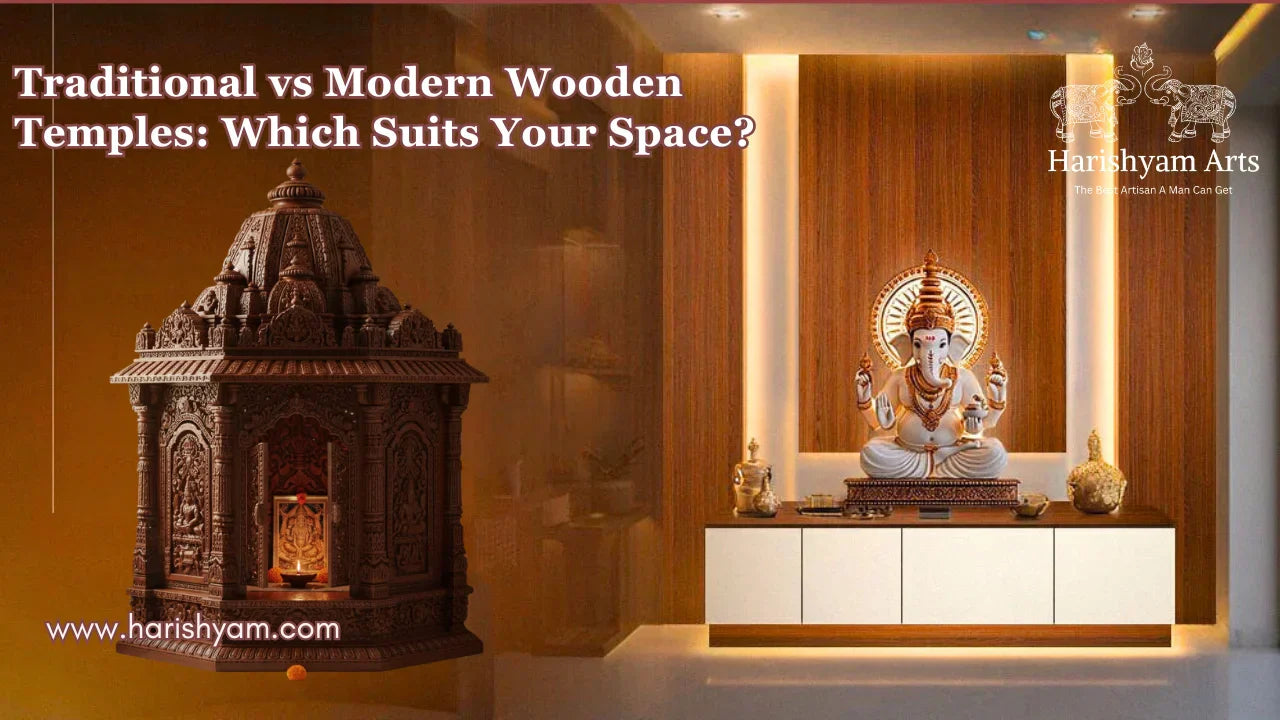
Traditional vs Modern Wooden Temples: Which Suits Your Space?
Lakshay Sharma | October 20, 2025
Creating a sacred space in your home is more than just interior décor — it’s a...
Read More...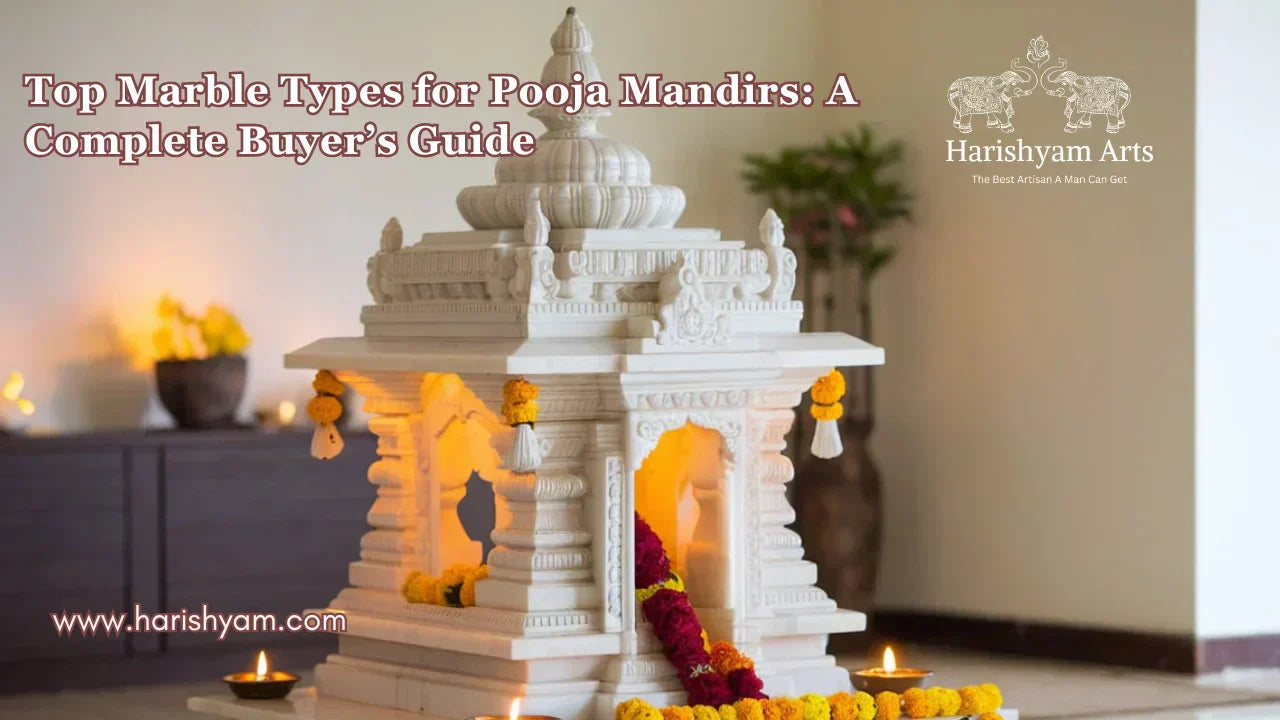
Top Marble Types for Pooja Mandirs: A Complete Buyer’s Guide
Lakshay Sharma | October 19, 2025
A Pooja Mandir is more than just furniture; it is th...
Read More...
The Different Forms of Shiva Statues and their Symbolism
Lakshay Sharma | October 18, 2025
Introduction to the God Shiva Statue
Lord Shiv...
Read More...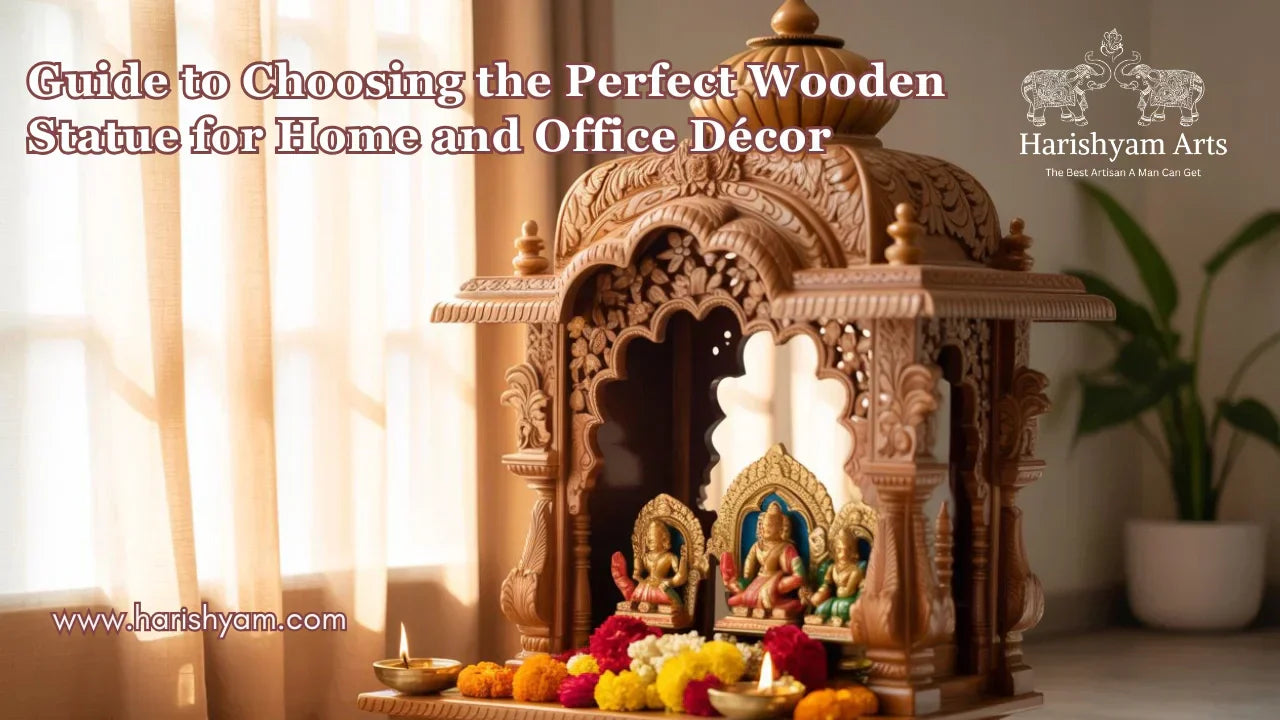
Guide to Choosing the Perfect Wooden Statue for Home and Office Décor
Lakshay Sharma | October 17, 2025
Wooden statues are more than decorative pieces—they are timeless symbols of ar...
Read More...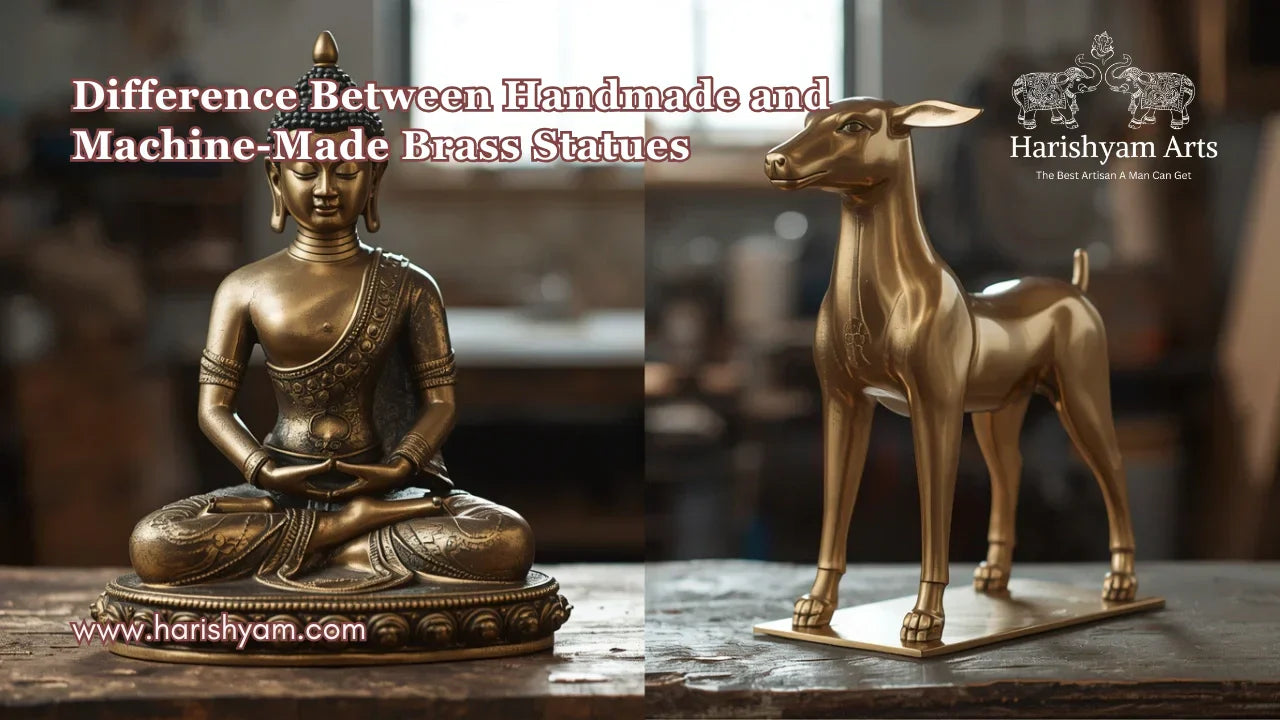
Understanding the Difference Between Handmade and Machine-Made Brass Statues
Lakshay Sharma | October 16, 2025
Brass statues have been a cornerstone of spiritual and decorative art for cent...
Read More...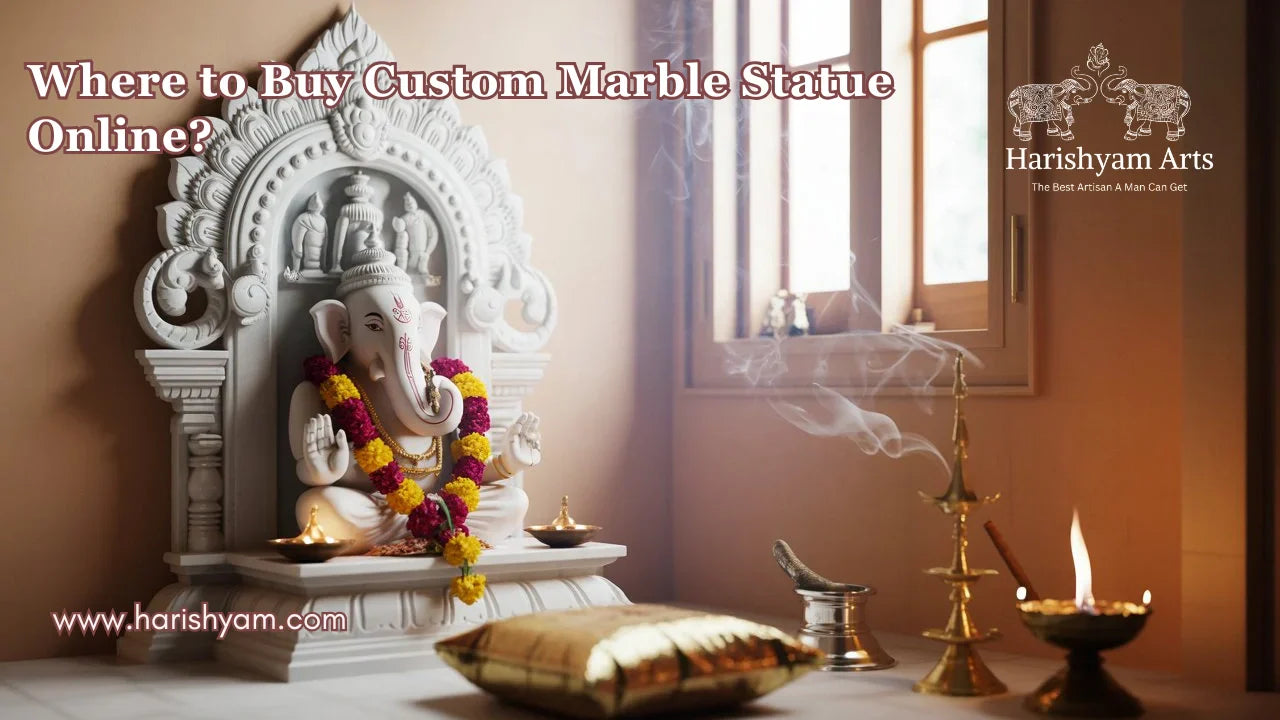
Where to Buy Custom Marble Statue Online? A Complete Guide
Lakshay Sharma | October 15, 2025
Marble statues have always held a special place in Indian homes and temples. T...
Read More...
Mistakes You Shouldn’t Make When Purchasing a Home Temple Online
Lakshay Sharma | October 14, 2025
Buying a home temple online can be an exciting experience — especially with so...
Read More...
Mistakes You Shouldn’t Make When Purchasing a Home Temple Online
Lakshay Sharma | October 14, 2025
Buying a home temple online can be an exciting experience — especially with so...
Read More...
How to Clean and Maintain Wooden Statues at Home
Lakshay Sharma | October 13, 2025
Wooden statues add elegance, tradition, and warmth to any home. From intricate...
Read More...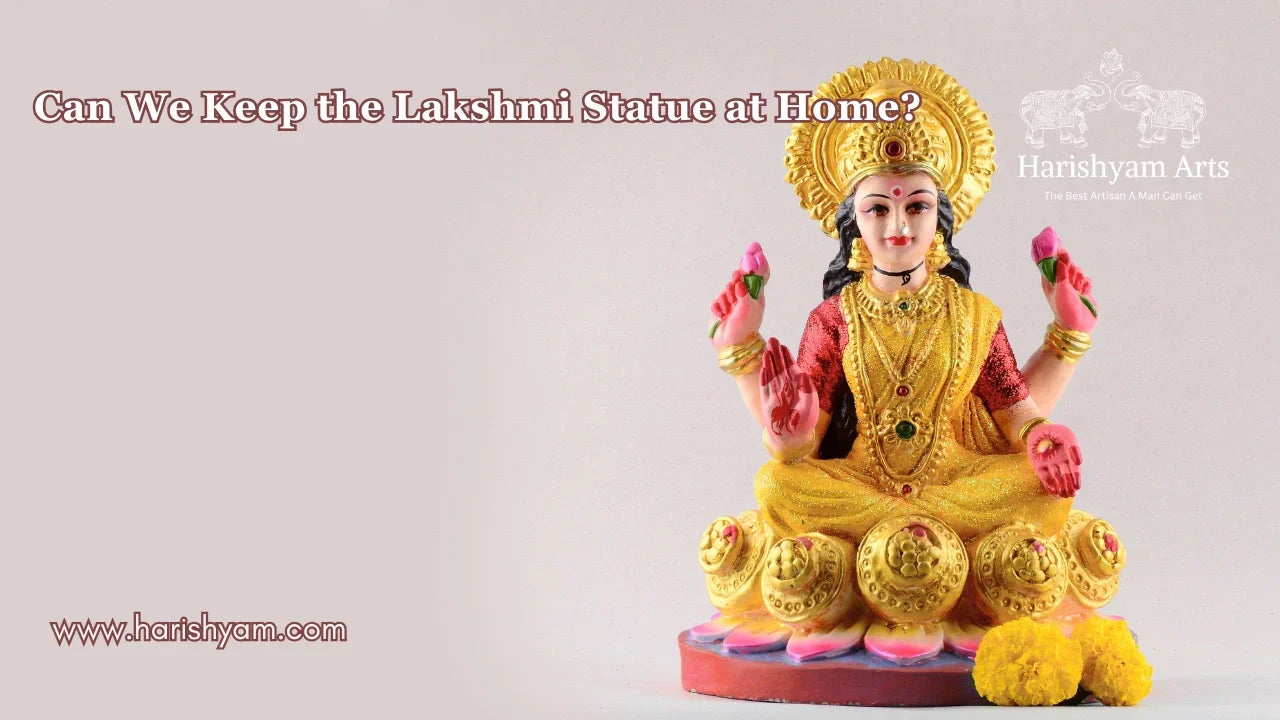
Can We Keep the Lakshmi Statue at Home?
Lakshay Sharma | October 13, 2025
In Hindu tradition, Goddess Lakshmi is worshipped as the divine force of wealt...
Read More...



